These animals are extinct, but scientists are trying to bring some back
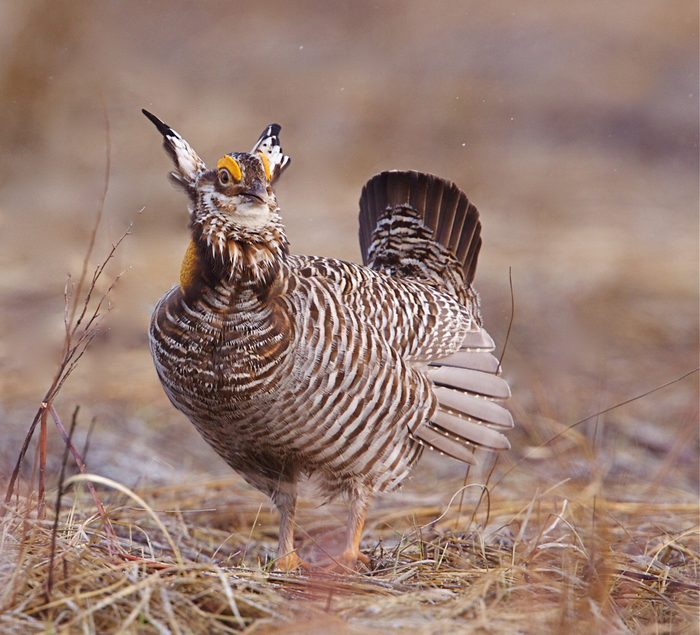
13 Facts About Animals That Have Gone Extinct in the Last 125 Years

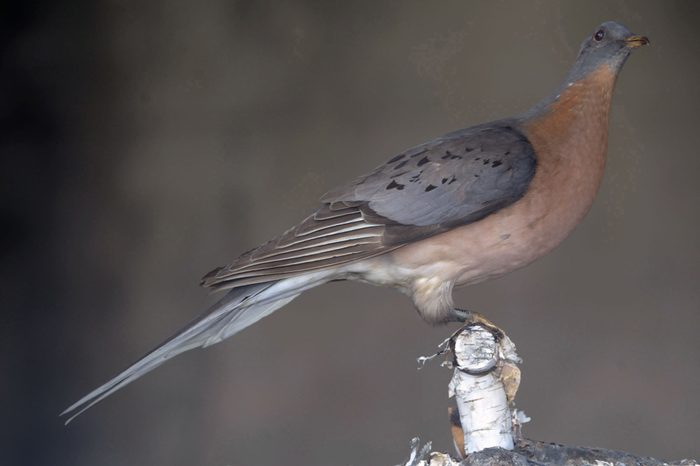
Passenger pigeon
Once one of the most populous birds in North America, passenger pigeons were estimated to fly as fast as 60 miles per hour, according to the Smithsonian Institution. Their numbers were wiped out after Europeans arrived and hunted them for cheap meat. In 1914, the last known surviving member of the species, Martha, died at the Cincinnati Zoo.

Golden toad
They were last spotted in the forest in Monteverde, Costa Rica, in 1989, and the disappearance of the golden toad has been attributed to global warming, Science magazine reports. Other scientists have since suggested that the golden toad could have been wiped out by the El Niño weather pattern, which created extremely dry conditions around the time the golden toad vanished.
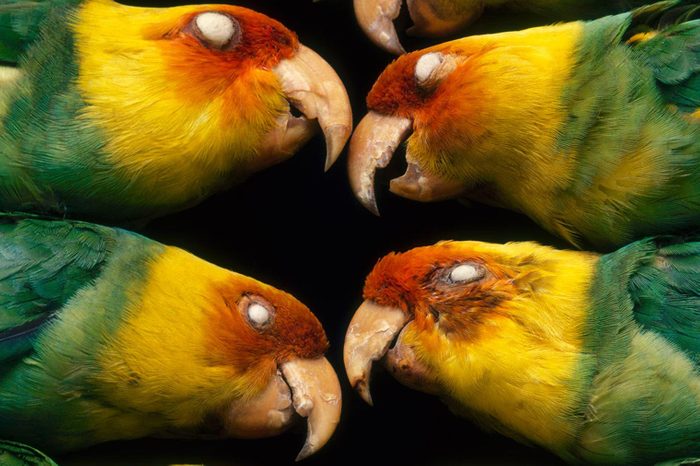
Carolina parakeet
The vibrant feathers of the only species of parrot native to the eastern United States may have contributed to its demise. The Carolina parakeet’s green, yellow and red feathers were prized additions to women’s hats. The birds also had a dangerous tendency to flock to other birds once they had been killed, according to the National Audubon Society. The last captive Carolina parakeet, Incas, died at the Cincinnati Zoo in 1918, within a year of his mate, Lady Jane.

Heath hen
Once common on the east coast of America, by the late 19th century the heath hen could only be found on Martha’s Vineyard, Massachusetts. Wildfires, hunting and habitat changes caused the heath hen’s remaining numbers to dwindle, according to the Vineyard Gazette. In 1933, the species was declared extinct after the disappearance of the last known heath hen, Booming Ben. Conservationists announced in 2016 that they were working to restore the population.
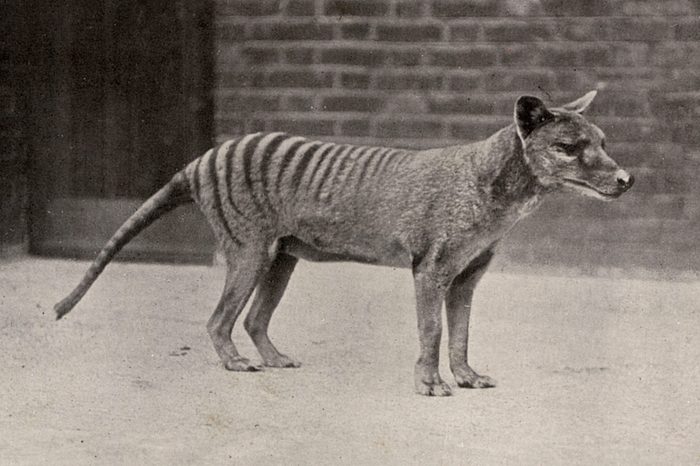
Tasmanian tiger
With stripes like a zebra and the shape of a dog, the Tasmanian tiger lived on the island of Tasmania, Australia, until wild dogs, hunting and disease wiped out its numbers, according to the National Museum of Australia. The last known Tasmanian tiger died at the Beaumaris Zoo, in Hobart, Australia in 1936. But while this animal is extinct, it ranks high on the list of supposed post-extinction sightings.

Caspian tiger
Less than 10,000 years ago, these fierce tigers roamed through Central Asia, migrating from the Caspian Sea to northwest China, paving the way for the trade route that became known as the Silk Road. During the late 19th and early 20th centuries, the Russian army was ordered to exterminate the tigers as part of an agricultural project. The last Caspian tiger was believed to have been killed in Turkey in 1970.
Scientists are now working to bring Caspian tigers back through a reintroduction of Amur tigers (which are nearly genetically and phenotypically identical), in Kazakhstan, according to the Eurasian Wildlife and Peoples organization.
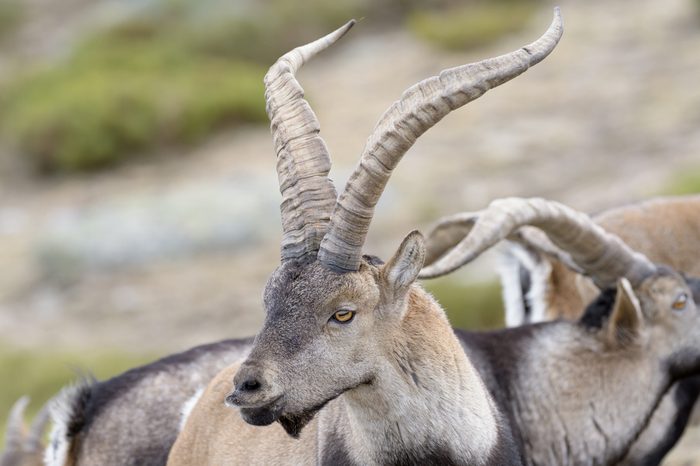
Pyrenean ibex
These wild goats were once commonly found in the Pyrenees Mountains that stretch between Spain and France and in the mountains of northern Asia and Africa. Conservationists aren’t exactly sure why their numbers dwindled, but the species was declared extinct in 2000. Scientists have been working to bring the Pyrenean ibex back, and in 2009, they attempted to use frozen tissue to create a clone, but the female died minutes after birth.
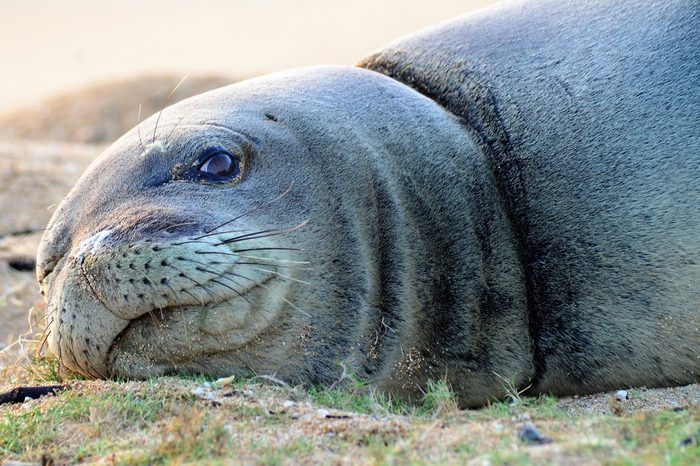
Caribbean monk seal
The only seal species native to the Caribbean, the Caribbean monk seal is the first seal species to become extinct due to human activity. European colonists hunted the seals for their blubber to provide fuel, and also for food. Their last known colony was spotted in 1952 in the western Caribbean Sea, according to the National Maritime Historical Society, and the Caribbean monk seal was declared extinct in 2008.
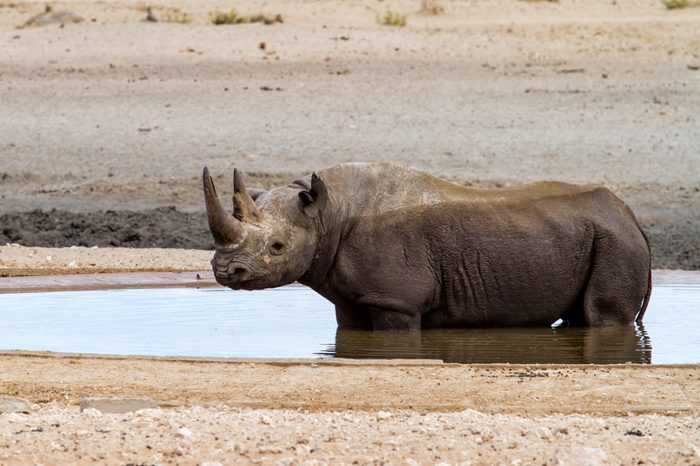
Western black rhinoceros
More than a million rhinoceroses could be found roaming the African savanna at the turn of the 20th century, according to the International Fund for Animal Welfare. But within 100 years, the western black rhinoceros was gone. The culprits? Widespread poaching, primarily for the animal’s horn, which was believed to have some medicinal value, and lack of conservation efforts. Last seen in Cameroon in 2006, the western black rhino was declared extinct in 2011.

Pinta Island tortoise
The Pinta Island tortoise partially inspired Charles Darwin’s theory of evolution when he visited the Galapagos Islands in 1835. During the 18th and 19th centuries, mariners confiscated the tortoises so they’d have a steady source of meat during their voyages. In the 1950s, goats were introduced to the habitat, destroying the tortoises’ vegetation and food supply.
In 2012, the last purebred Pinta Island tortoise, known as Lonesome George, died in captivity at an estimated 100 years old. But scientists have been working to conserve the remaining tortoise populations, and to use George’s genome to find other tortoises with similar genes.

Madeiran large white
This small, delicate butterfly has the weighty and not at all charming distinction of being declared the first butterfly in Europe driven to extinction by mankind. Suffering from habitat loss due to development, as well as exposure to agricultural chemicals, it was declared extinct in 2007 after scientists were unable to find it in the wild for 15 years.
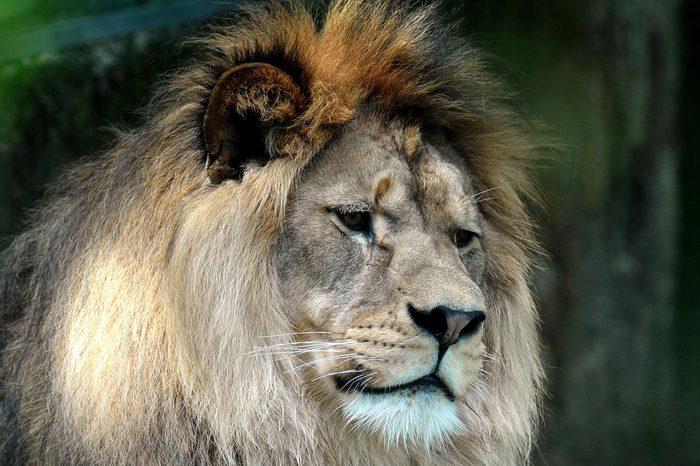
Barbary lion
It’s hard to tell when the last wild Barbary lion, Panthera leo leo, roamed North Africa, but the animals were largely hunted to extinction by the late 19th century. The last known photograph of a Barbary lion was taken in 1925, and members of the Moroccan royal family were rumored to keep Barbary lions well into the 20th century. In addition, credible evidence exists of descendants of wild Barbary lions living in zoos until the 1960s and beyond.

Schomburgk’s deer
This Thailand native with basket-shaped antlers was hunted to extinction by 1938, but like the Barbary lion, things might not be quite what they seem with the Schomburgk’s deer. According to a study published in the Journal of the Bombay Natural History Society and reported by Northwestern University, fresh antlers found by a truck driver in Laos in 1990 or 1991 could be from this elusive species.
Additional reporting by Jen McCaffery.
Why trust us
At Reader’s Digest, we’re committed to producing high-quality content by writers with expertise and experience in their field in consultation with relevant, qualified experts. We rely on reputable primary sources, including government and professional organizations and academic institutions as well as our writers’ personal experiences where appropriate. We’ve gone the extra step and had Marcy Lovitch, a fact-checker with 20-plus years of experience researching for national publications including Marie Claire, Good Housekeeping, Family Circle, Glamour, Seventeen, Real Simple, Forbes and InStyle magazines, verify that all quotes are attributed correctly and have credible sourcing. Read more about our team, our contributors and our editorial policies.
Sources:
- American Museum of Natural History: “Preserving Lonesome George”
- BBC News: “Western black rhino declared extinct”
- BBC News: “Scientists want to bring cousin of extinct Caspian tiger to Central Asia”
- BBC Wildlife Magazine: “99 per cent of the species that have ever lived have gone extinct”
- Britannica.com: “Barbary lion”
- CBS News: “Caribbean Monk Seal Declared Extinct”
- CBS News: “Extinction of thylacine”
- National Audubon Society: “The last Carolina Parakeet”
- Nature Plants: “No resurrection without preservation”
- Northwestern University: “Evidence suggests rare deer lived 50 years beyond ‘extinction'”
- Science: “Global Warming Didn’t Kill the Golden Toad”
- Smithsonian: “The Passenger Pigeon”
- Times (London): “Man drives butterfly into extinction and it could be bad news for us too”
- Vineyard Gazette: “Heath Hen Tops De-Extinction List”




















